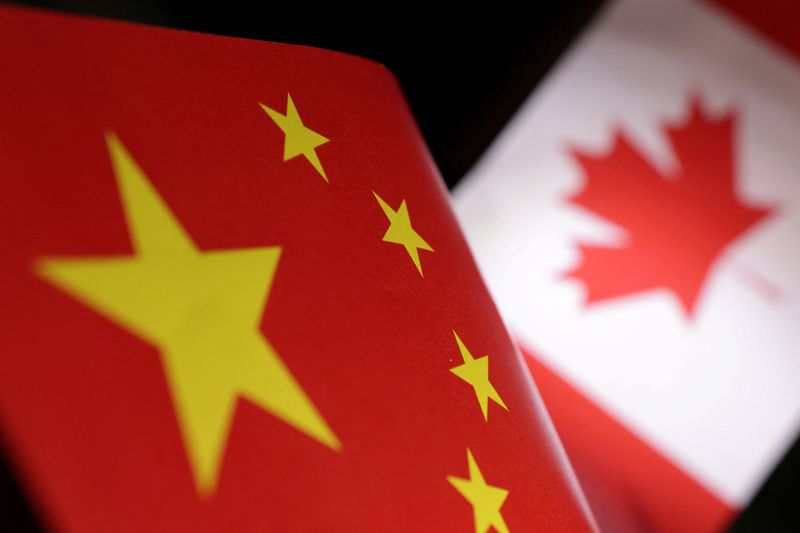What is protectionism?
Protectionism is an economic strategy that governments employ to shield domestic industries and businesses from foreign competition. While it aims to foster local production and safeguard jobs, protectionism often raises complex debates about its impact on international trade, consumers, and global economies. In this blog post, we will delve into the different types of protectionism, explore its advantages and disadvantages, and consider its implications on global trade dynamics.
Types of Protectionism
- Tariffs: Tariffs are taxes imposed on imported goods, making them more expensive and less competitive in domestic markets. By increasing the cost of foreign products, tariffs aim to encourage consumers to opt for locally produced alternatives.
- Quotas: Quotas involve setting limits on the quantity of specific imports. Governments may establish quotas to control the influx of foreign products, thereby protecting domestic industries from excessive competition.
- Subsidies: Governments provide financial incentives or subsidies to domestic industries to lower production costs. This support enables local industries to compete against cheaper foreign imports.
- Local Content Requirements: Some protectionist policies mandate that a certain percentage of a product must be produced domestically. This approach encourages local production and minimizes dependency on foreign sources.
Advantages of Protectionism
- Job Preservation: Protectionism can shield domestic industries from foreign competition, helping to retain jobs and supporting local economies.
- Infant Industries: Protecting nascent industries through tariffs and subsidies can give them time to develop and become globally competitive.
- National Security: In critical sectors such as defense, protectionism ensures a secure supply chain, reducing reliance on potentially unstable foreign sources.
Disadvantages of Protectionism
- Reduced Consumer Choice: Protectionism limits access to a variety of products, potentially depriving consumers of diverse options and higher-quality goods.
- Inefficient Allocation: Subsidies and protectionist measures can create inefficiencies by keeping less competitive industries afloat at the expense of more efficient sectors.
- Trade Retaliation: Protectionist policies can trigger trade wars as other countries respond with their own barriers, hurting global trade relationships.
- Higher Costs: Tariffs and quotas can lead to higher prices for imported goods, impacting consumer purchasing power and potentially leading to inflation.
Conclusion
Protectionism remains a contentious economic strategy that prompts a delicate balancing act between fostering domestic industries and engaging in open global trade. While it offers advantages like job preservation and nurturing emerging sectors, it comes with disadvantages such as reduced consumer choices, inefficient resource allocation, and the potential for trade conflicts. The key lies in finding a nuanced approach that safeguards domestic industries without causing undue harm to international trade relationships. As economies continue to evolve in an interconnected world, the ongoing debate about protectionism will continue to shape the course of global economic policies.
Further questions
What's your question? Ask it in the discussion forum
Have an answer to the questions below? Post it here or in the forum




